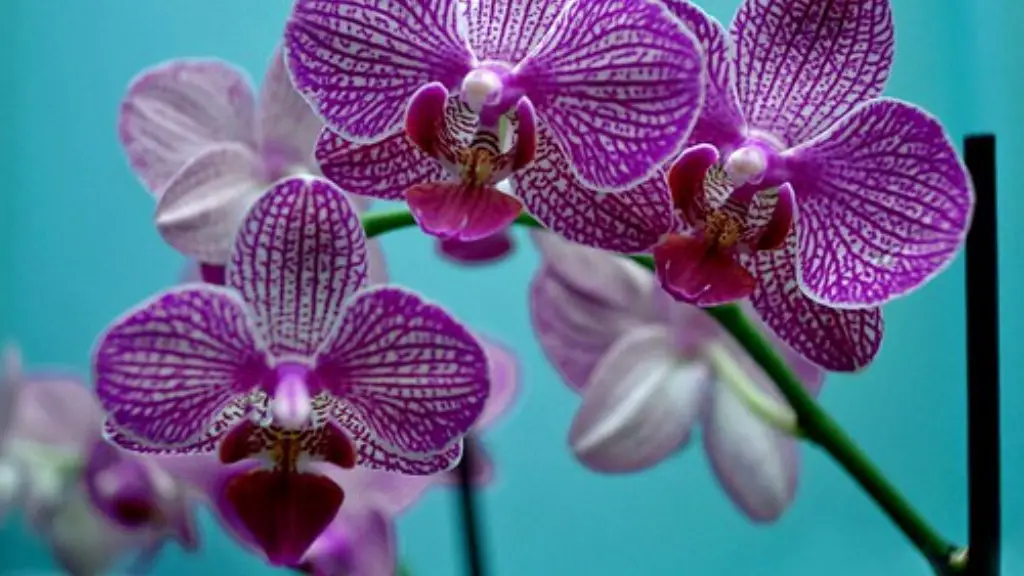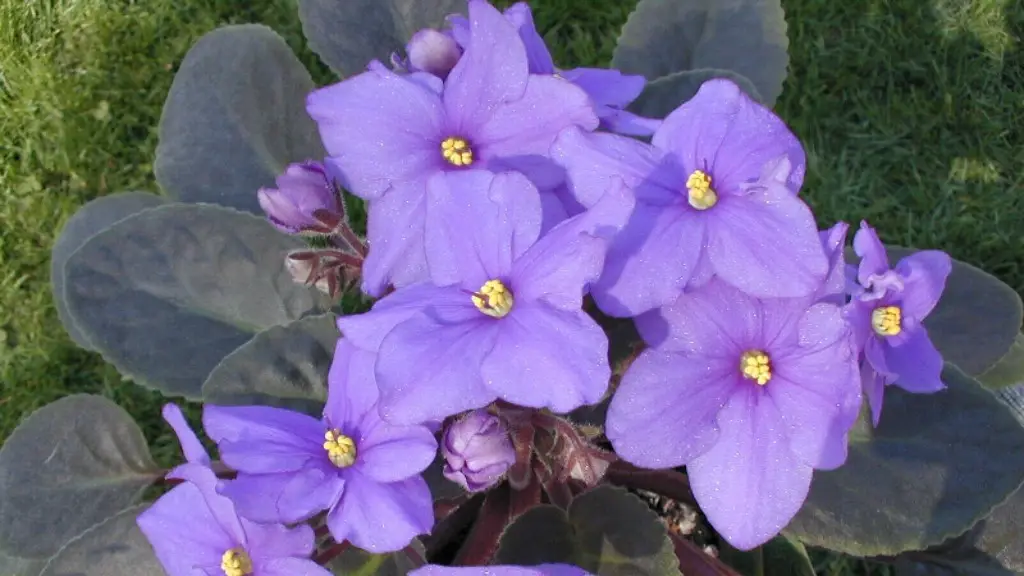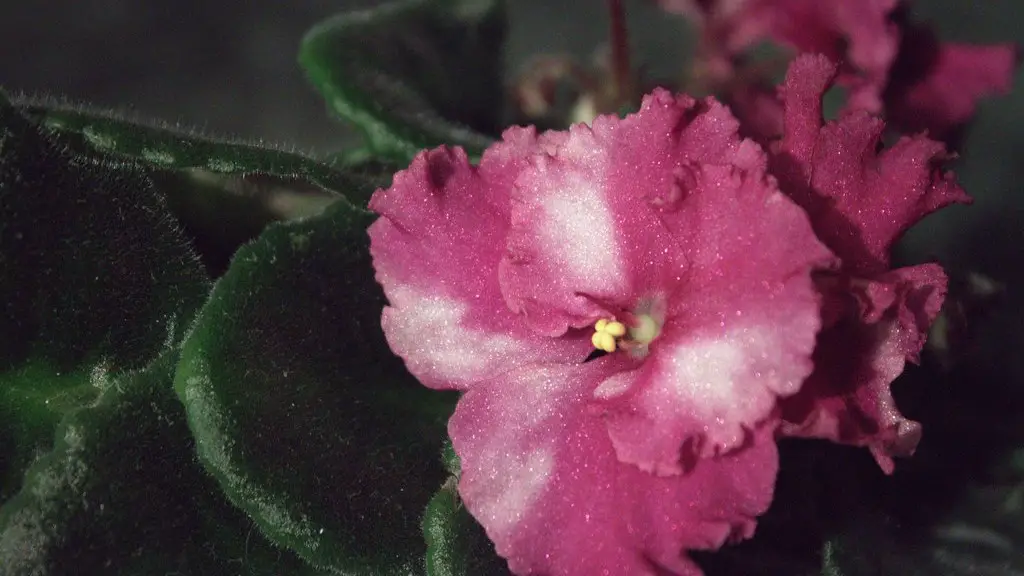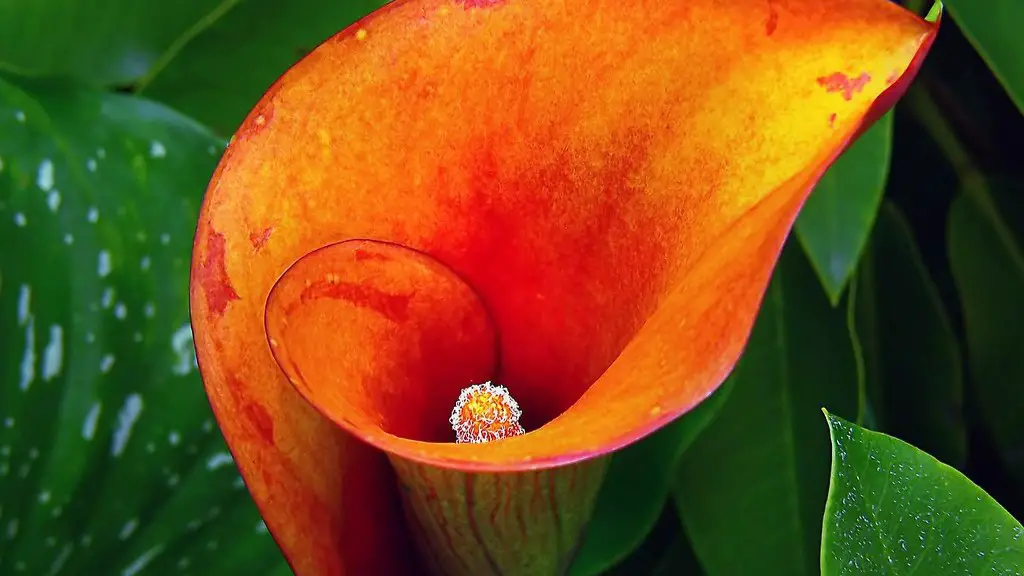Growing new leaves on a Phalaenopsis orchid is a process that takes a bit of time and patience. First, make sure that the plant is healthy and receiving the proper amount of light, water, and nutrients. If the plant is experiencing any stress, it will be difficult to encourage new growth. Once the plant is healthy, you can begin by gently removing any dead or dying leaves. This will stimulate the plant to produce new growth. Be patient and soon you will see new leaves beginning to emerge!
To encourage your orchid to grow new leaves, fertilize it regularly and provide bright, indirect light. Keep the plant in a humid environment, and water it regularly so the potting mix stays moist but not soggy. If the leaves start to yellow, this may be a sign of over-fertilization; cut back on the fertilizer and increase the frequency of watering.
How do I get my orchid to grow new leaves?
To ensure that your orchid will grow a new stem, give it enough water so that it can dry out completely before the next watering. Make sure that it is in a room with around 50 to 70% humidity and fertilize your orchids weekly if there are new growths. Once the plant matures, you can taper off on the fertilizing.
It can take up to eight years for a plant to Bloom. The first leaves will take months to develop and will be very small. The roots will appear even later. With a magnifying glass, you may be able to see the first leaves.
How do I encourage my orchid to regrow
Cutting back the stem of a flower to the nearest bud will stimulate the production of another flower stem over the next few months. This is because when the stem is cut, the plant will send out new growth from the buds that are left behind.
Orchids are one of the most beautiful flowers in the world. They are also one of the longest living flowers. Orchids can bloom for years with proper care. When an orchid blooms, the flowers can last for several months. After the flowers fade, the plant will produce a new flower spike. You can cut the old flower spike back to encourage new growth.
Why is my Phalaenopsis not growing new leaves?
If you notice that your orchid is not developing new leaves, it may be suffering from a phosphorous or nitrogen deficiency. You may need to move your plant closer to a window or inspect its potting media and root system to see if it needs to be repotted.
If your orchid loses all its leaves and turns from a healthy green to a dried-out yellow, it’s dead.
How often do orchids get new leaves?
We expect to see each leaf be at least as big as the leaf before it and hope to see at least one or two new leaves per year. If an individual leaf is much smaller than the leaves around it, this is a sign that the plant is not getting enough light. If there are no new leaves, this could be a sign of too much or too little water, fertilizer that is too strong, or a pest problem.
Phalaenopsis orchids are some of the most common houseplants around. They are known for their long-lasting flowers and easy care. A healthy Phalaenopsis orchid will have 3-5 leaves. In the home, they rarely have more than 5 and 4 is more common. Once it reaches this mature size, new leaves will grow while at the same time an old leaf falls off.
How do I know if my orchid is growing a new stem
New orchid spikes are commonly seen as a sign of new growth on the plant. These spikes are typically greener in color than the roots of the plant, and have a flatter, mitten-shaped tip. Growing orchid spikes usually remain green along their full length. Typically, orchid spikes emerge from between the plant’s leaves, not from the plant’s center.
If you want to encourage your orchid to produce a new flower spike, placing it in a cooler environment can help. Aim for a room temperature of 55-65°F at night, and try to keep the plant away from any heat sources. Winter is often the best time to encourage new growth, when homes are typically cooler.
How do you revive a stressed orchid?
You can revive an orchid plant by repotting it in some fresh growing medium. First, cut back any dead or dying leaves and roots. Then, gently remove the plant from its current pot. Be careful not to damage the roots. Next, add fresh growing medium to the new pot, and replant the orchid. Water it well and place it in a bright, indirect location. With a little care, your orchid should begin to thrive once again.
Orchids prefer a small pot so that their roots can weave through the compost as they grow. However, they will eventually run out of room and their roots will push the plant up above the rim of the pot or reach out into the air. This is a sure sign that it is time to re-pot the orchid.
What do you do when orchids lose their leaves
Watering your orchids is important, but it is also important to avoid wetting the leaves if possible. The best way to water your orchids is to use rainwater, if possible. Improper fertilization can also lead toDropping orchid leaves. Be sure to feed your orchids regularly, using a granular or liquid fertilizer formulated specifically for orchids.
If you have an orchid with a bad stem, it is unlikely to survive in the long run. A new leaf will eventually need to form from the stem, and if the stem is bad, the orchid will not be able to survive.
How do you tell if an orchid is coming back to life?
The key difference between a dead orchid and a resting one is the crown and roots. If the crown is brown and mushy, the orchid is dead. But if the roots are green or white and plump or firm to the touch, the orchid is resting.
If your orchid’s bottom leaves are yellow and wilted, and its buds are falling off instead of opening, it is likely dehydrated. To find out whether you have overwatered or underwatered your phalaenopsis orchid, follow these steps:
– Stick your finger into the potting mix up to the first joint. If the mix is dry up to that point, you have under-watered the plant and need to water it.
-If the potting mix is wet or damp beyond the first joint, you have overwatered the plant and need to let it dry out before watering again.
Why is my orchid only producing leaves
Orchids require a lot of light in order to produce flowers. If your orchid isn’t blooming, it’s probably because it’s not getting enough light. You can tell if your orchid is getting enough light if the leaves are green. If the leaves are yellow, that means the plant isn’t getting enough light.
An orchid needs a warm, humid environment to thrive. Misting the orchid with a spray bottle daily will create a more humid environment for the plant. It is best to put your orchid where it will receive medium indirect sunlight.
Conclusion
If your orchid has been growing well but all of a sudden the leaves start to yellow and drop off, don’t worry! This is actually quite common, and more often than not, is easily remedied. Here are a few simple tips on how to get your orchid growing new leaves in no time:
– First, check your watering schedule. If you’re watering too frequently, the roots will start to rot, which will in turn affect the leaves. Watering once a week should be plenty.
– Second, make sure that the pot you’re using has good drainage. If the pot doesn’t drain well, the roots will again start to rot.
– Third, fertilize your orchid. A weak fertilizer solution applied every other week should do the trick.
– Finally, if you think your orchid is getting too much sun, move it to a spot with indirect light. Too much direct sun can scorch the leaves.
To get a phalaenopsis orchid to grow new leaves, you will need to make sure that it is getting the proper amount of light and water. If it is not getting enough light, you can try moving it to a brighter spot. If it is not getting enough water, you can try giving it a little more water.





